After essentially hitting the jackpot, as far as birds were concerned, on my first Coda stop in Borneo, I didn’t really mind letting searching for new birds drop to a lower priority during my last three stops, which were each more focused on World Heritage Site visits. However, even though the locations and conditions would not be expected to turn up many amazing bird species, there would always be something new around, and so I always kept open eyes towards anything interesting that might turn up. Without further ado, here are the final birds of the World2 Tour.
Mongolia came first, and since frigid winter conditions were still enveloping the environment, I wasn’t expecting too much. There were several year-round residents possible, and I was pleased to see a reasonable fraction of those, plus a couple of very nice surprises. The open steppe proved to be a good place to see raptors, and the most common of those was Upland Buzzard…
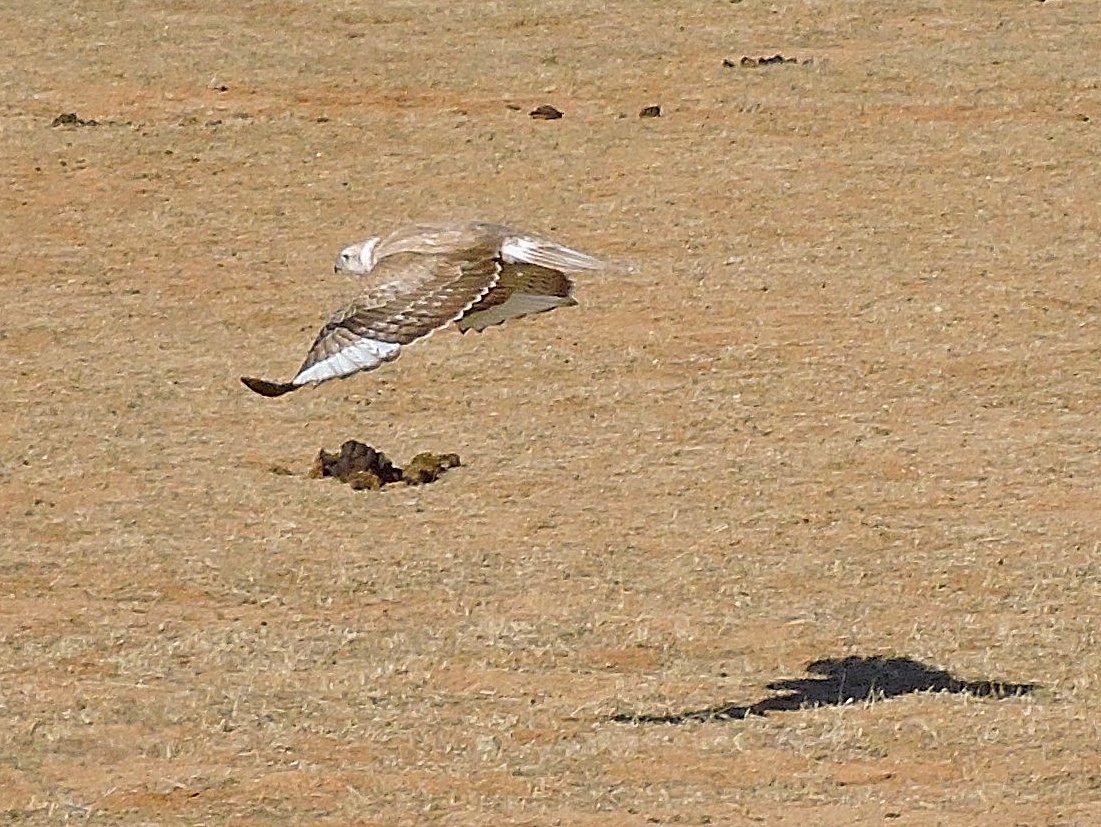
…while Cinereous Vulture was also frequently seen.
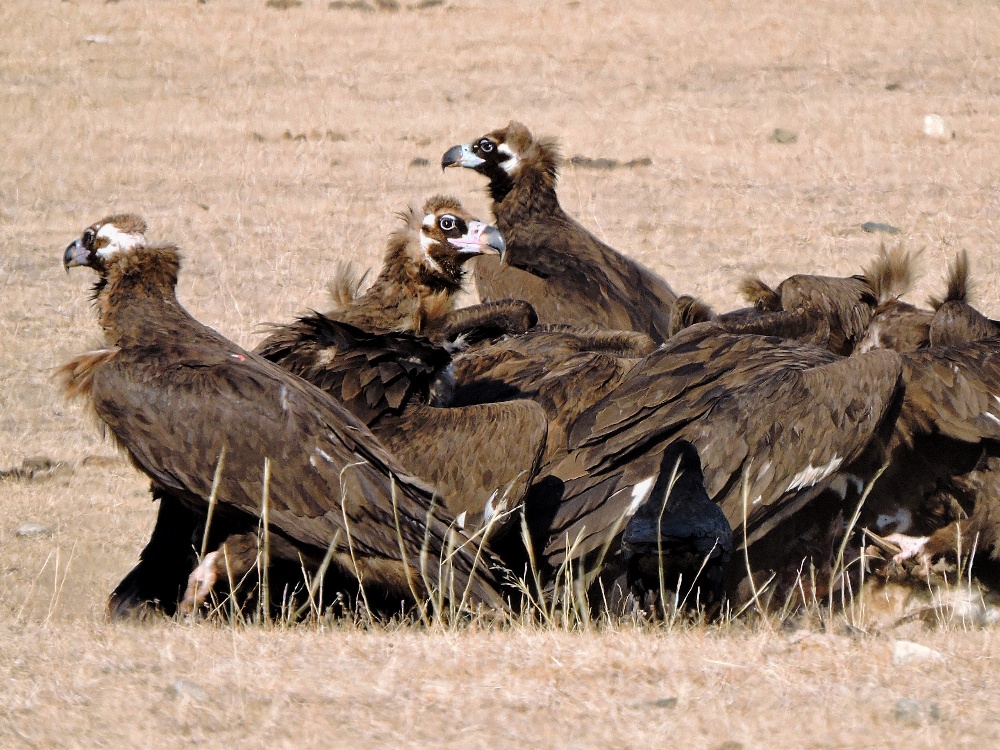
Another common species was the oddball corvid, Red-Billed Chough.
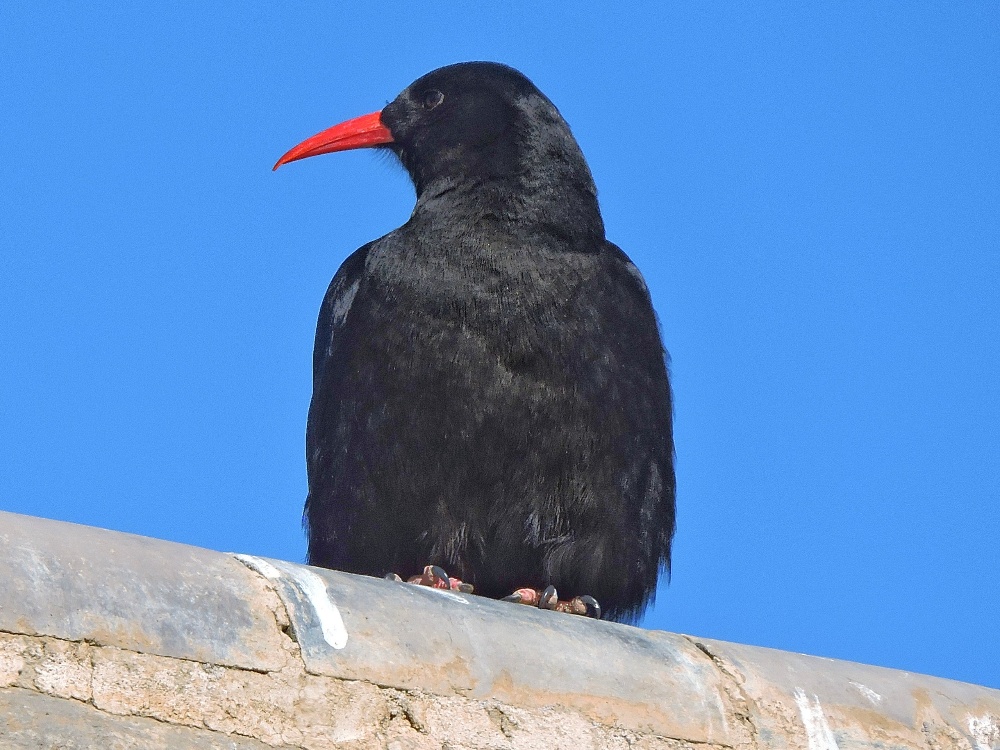
A handful of different small species were frequently flushed from the roadside, but since I wasn’t cycling it was much more difficult to observe them. I eventually added some of them, like the improperly named Père David’s Snowfinch, which is actually a sparrow.
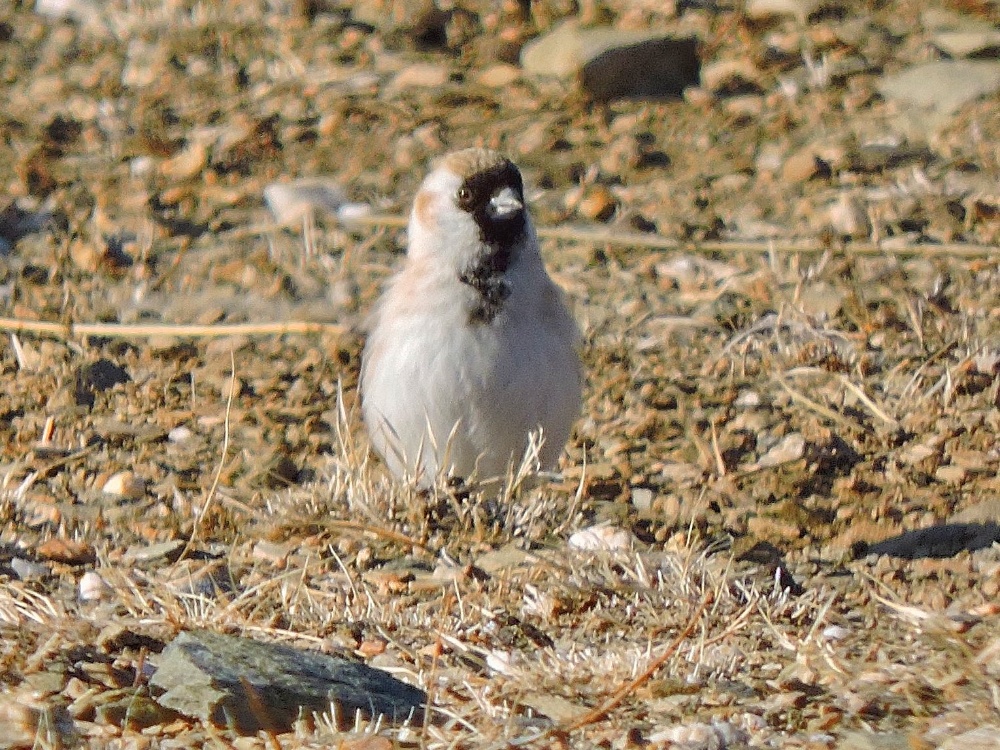
Mongolian Lark was even more challenging to photograph.
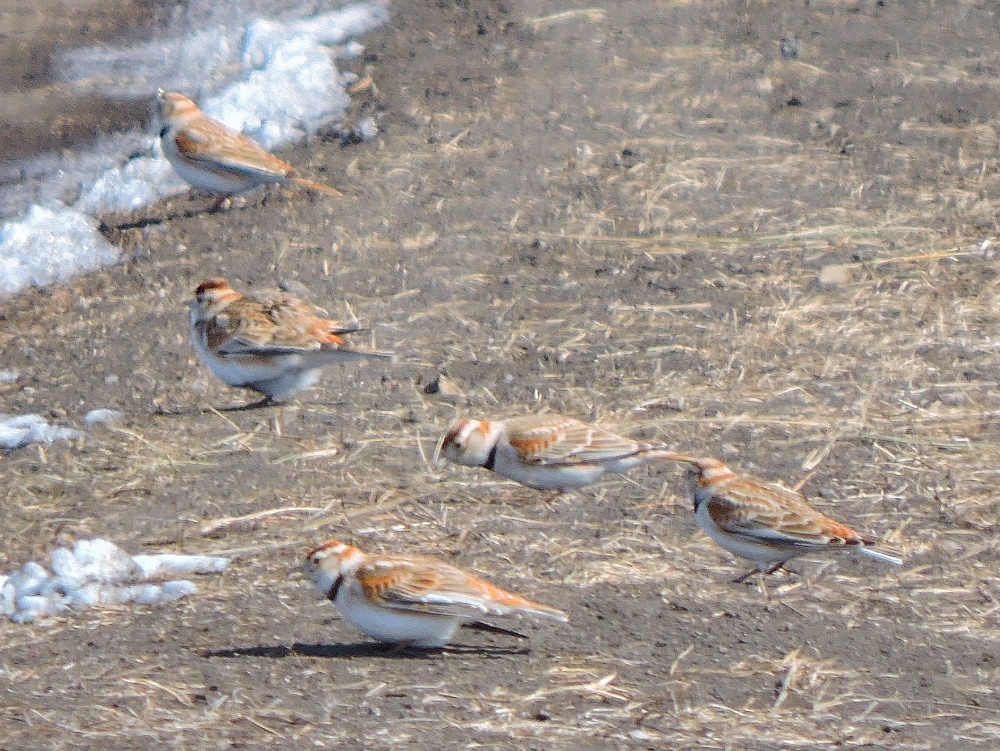
Only a few birds showed much in the way of color, such as Pallas’s Rosefinch…
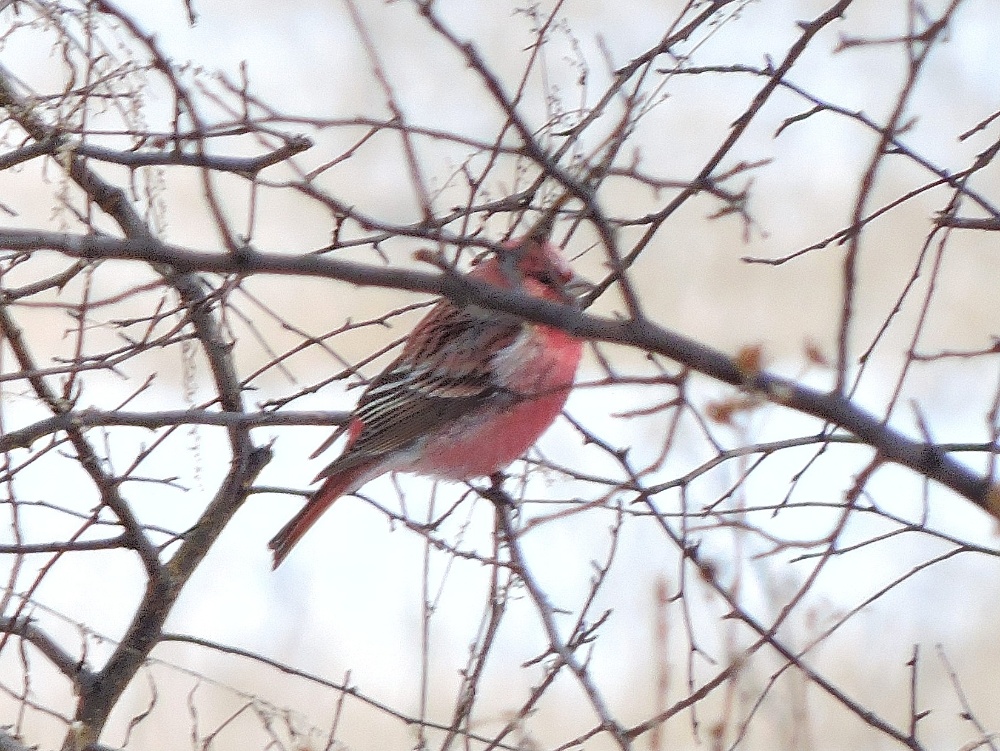
…and the related Long-Tailed Rosefinch.
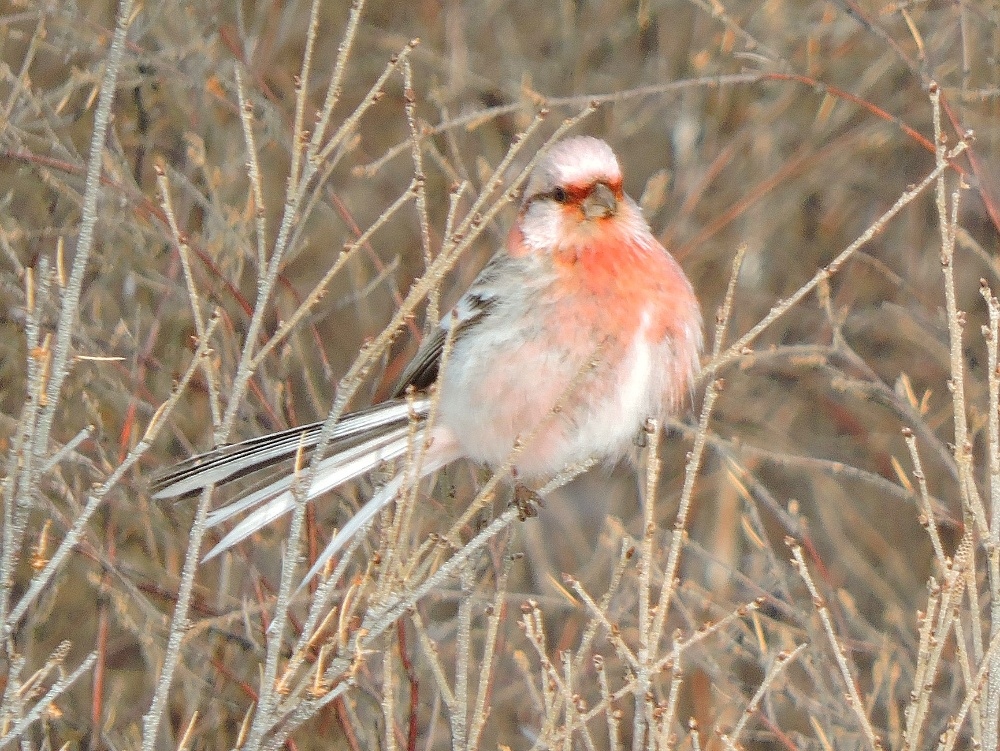
Brown was a much more common theme, however, as with Pine Bunting.
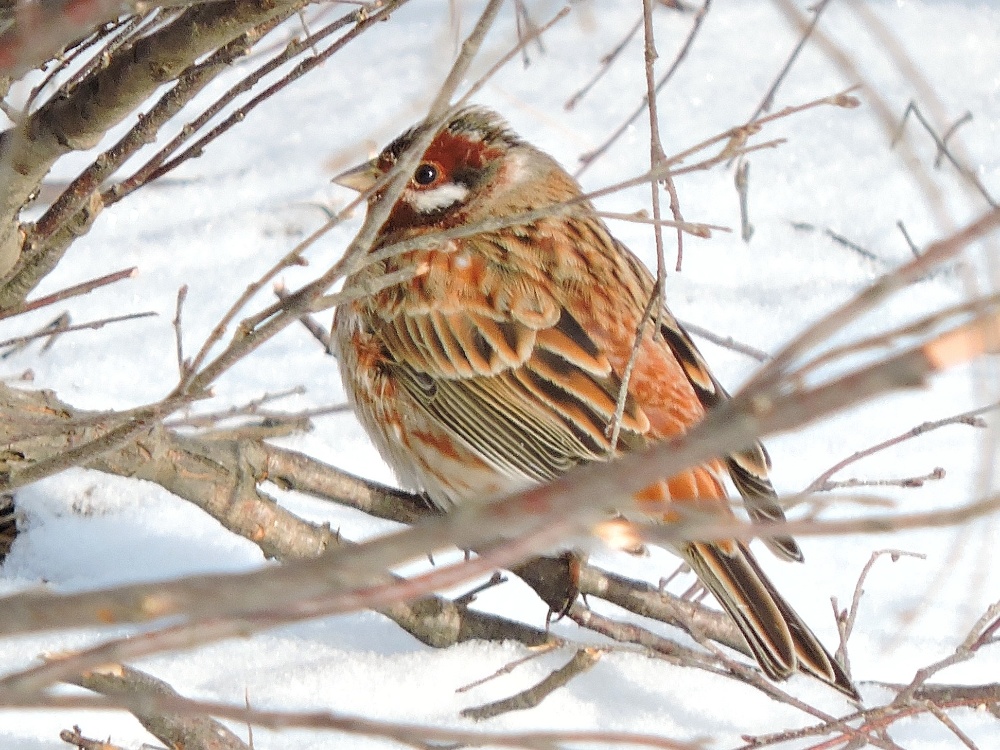
A few larger birds were in the area, like Daurian Partridge…
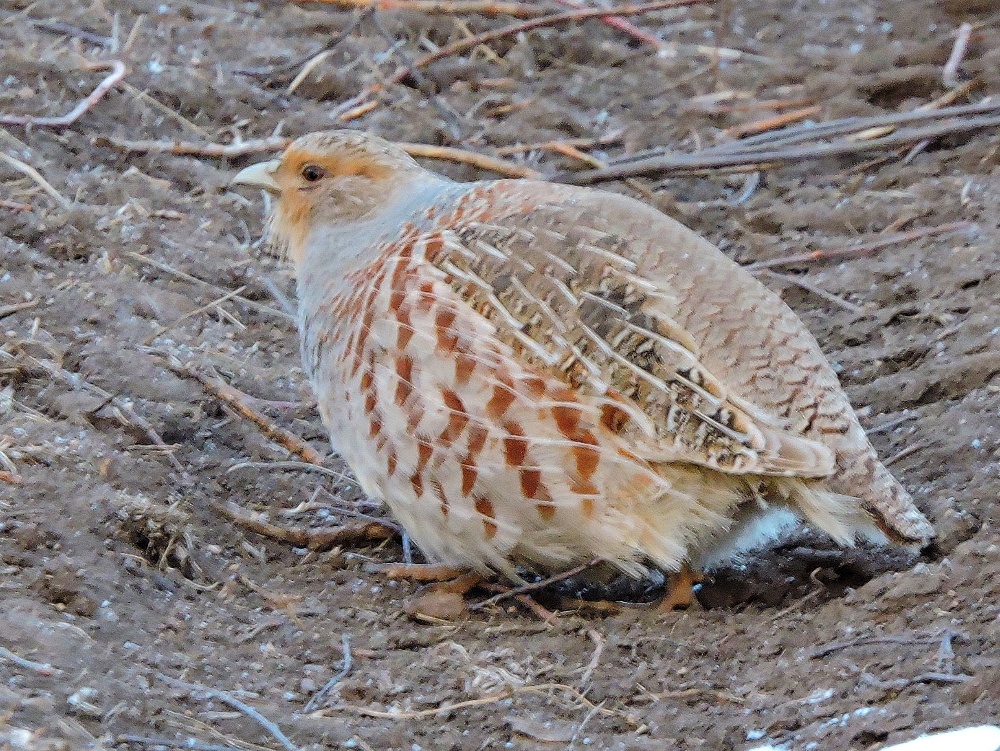
…and Black Grouse.
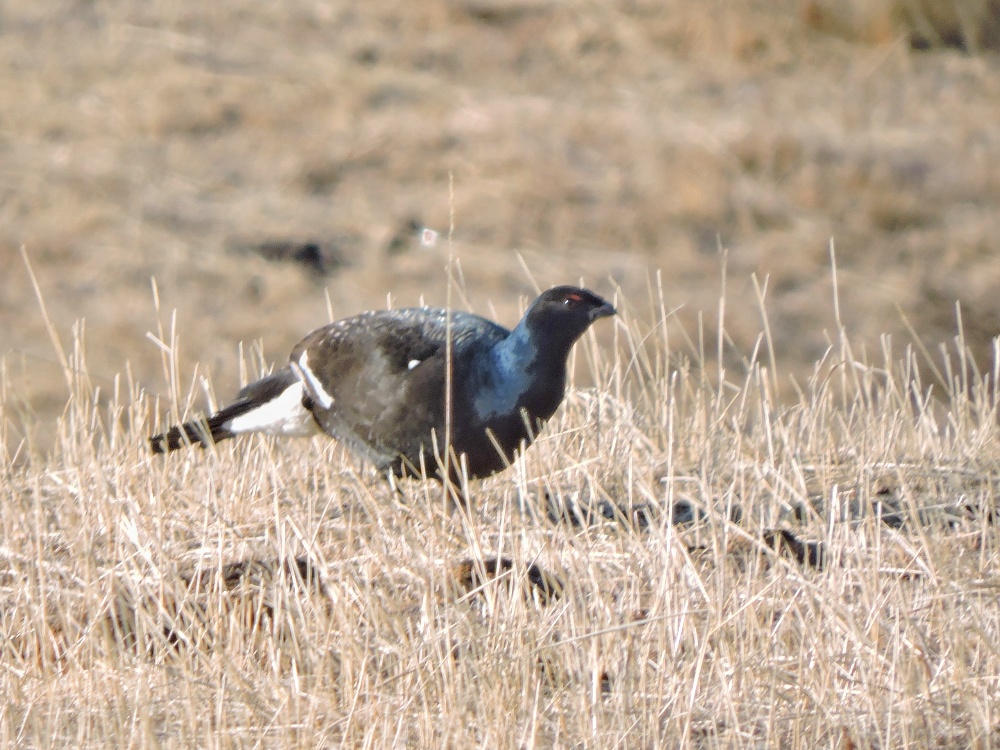
One of my most gratifying sightings was a species I failed to see earlier in the Tour, when I was in Europe. After spending a long time scanning a bunch of bushes on the opposite side of a small river, but finding only many individuals of very common species, I was excited to then look over towards the water, where I quickly observed White-Throated Dipper!
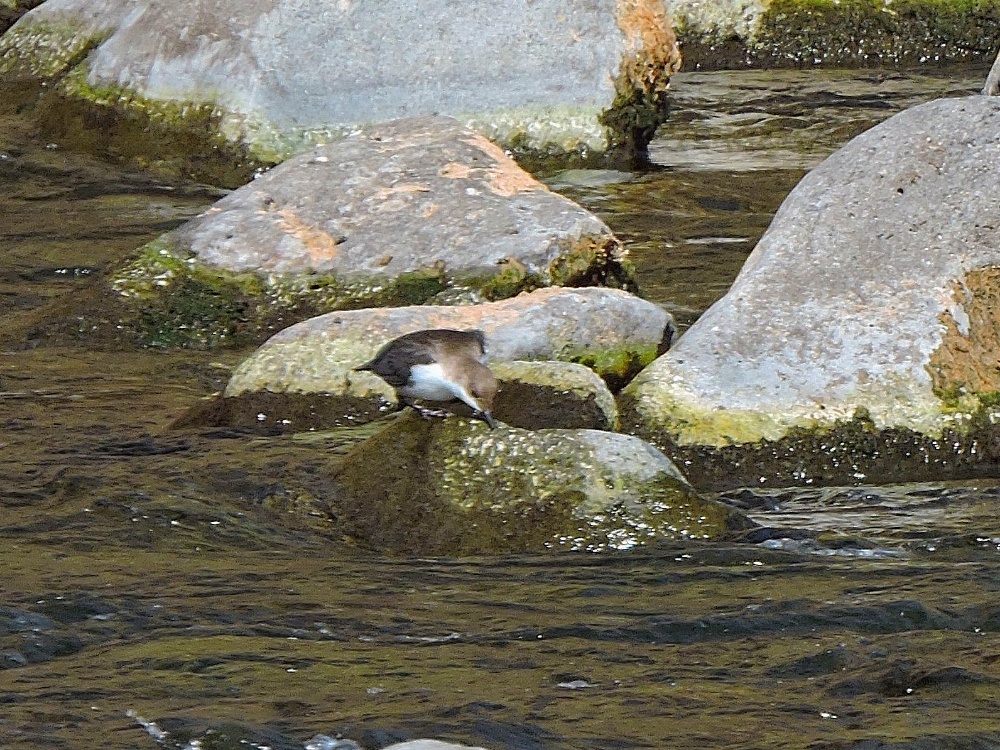
Another great observation was made along the roadside to the east of Ulaanbaatar, namely, a fairly large group of Great Bustard.
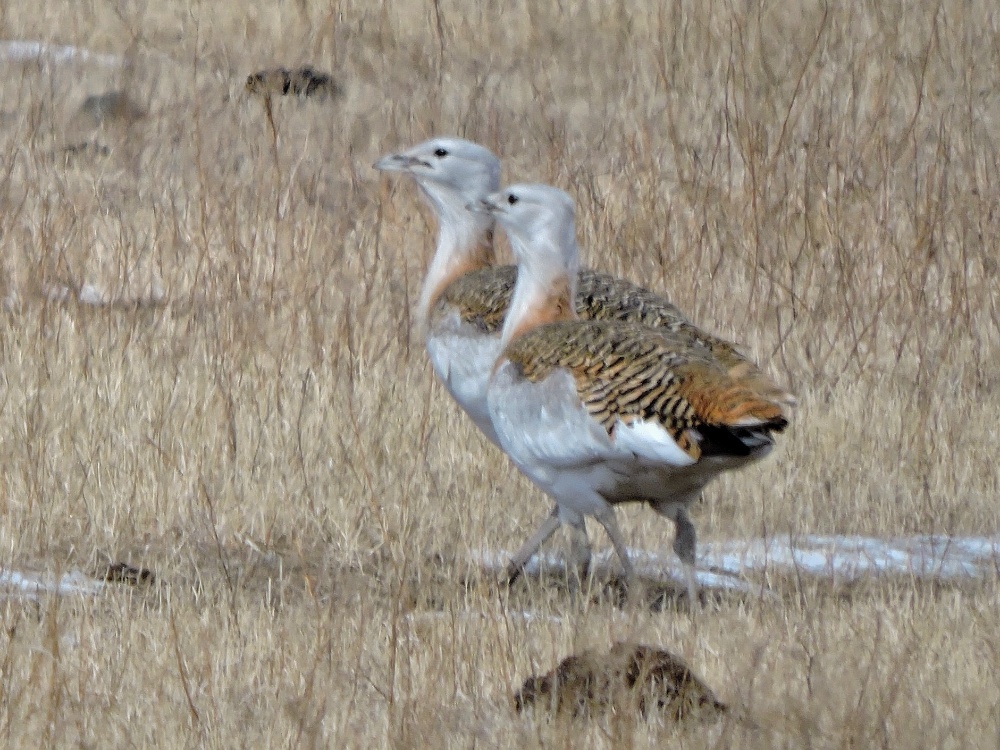
The remaining species added in Mongolia were Rock Sparrow, Blyth’s Pipit, and Daurian Jackdaw.
In Uzbekistan, though spring was well underway, not many migratory species had arrived yet and my itinerary would not really take me to any good birding spots. Four of the five species I added there were seen on the two short rides I took around Bukhara. Those additions were Lesser Whitethroat, Syke’s Warbler, Red-Throated Pipit, Eurasian Penduline-Tit, and Citrine Wagtail.
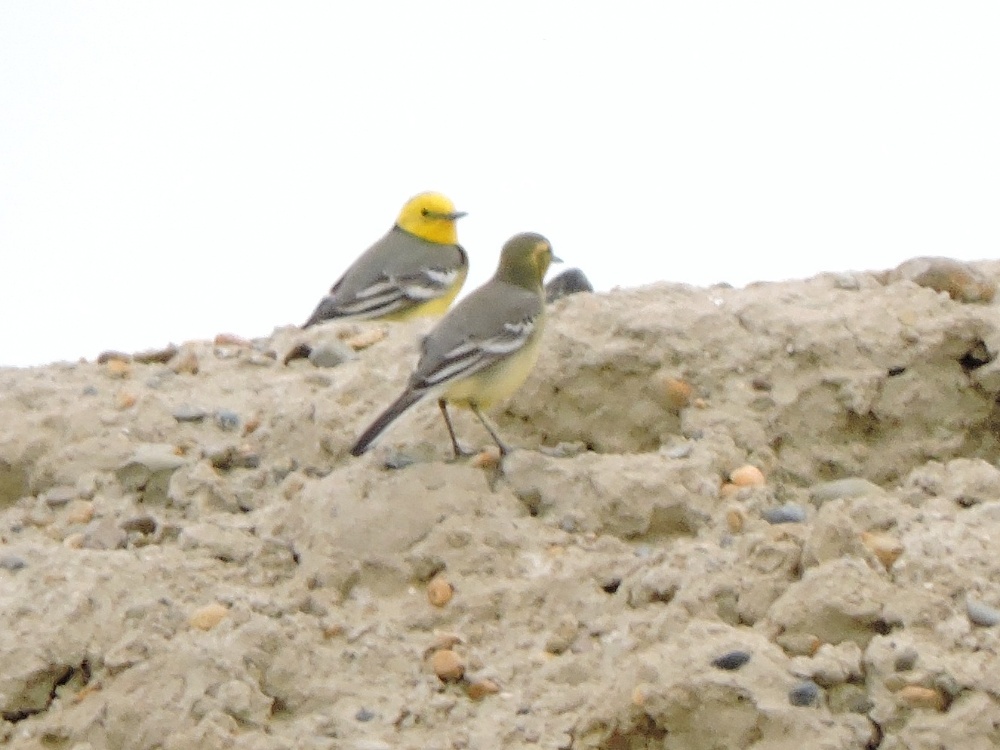
That left only Italy, and, as I would be spending my entire time there in densely populated areas, I wasn’t expecting much, once again. There was one species in particular that I really wanted to try for, but that would have entailed making a side trip to somewhere with riparian or coastal habitat, and I just couldn’t fit that into my schedule. As it turned out, only one new species appeared for me to see, however, that occurred in the Boboli Gardens of the Medici Villas and Gardens World Heritage Site, in Florence, so my last new bird of the World2 Tour also represented one final Triple Bird Score! It was Common Firecrest.
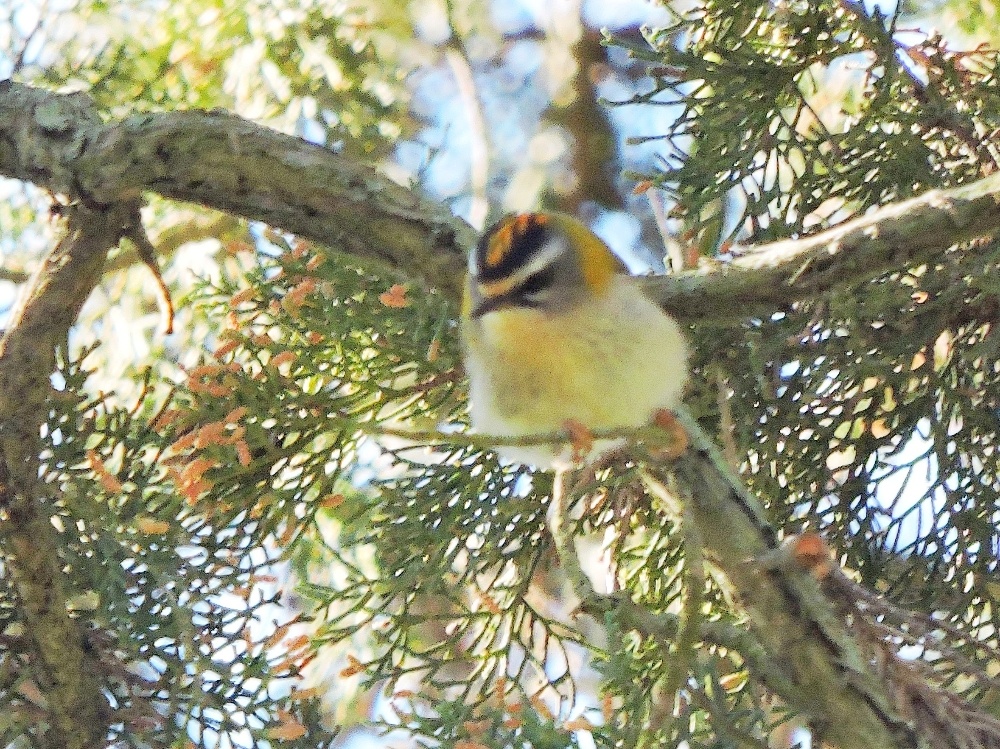
So that was it! The Tour started off with one small bird, Lark Bunting, and ended with another small bird, Common Firecrest. But, wow, there were so many amazing and beautiful species seen in between that I can hardly comprehend the entirety of the list! However, I will do my best to wrap my mind around that immense collection of feathered co-inhabitants of our Earth and do my best to summarize the results in the forthcoming Roundup post.